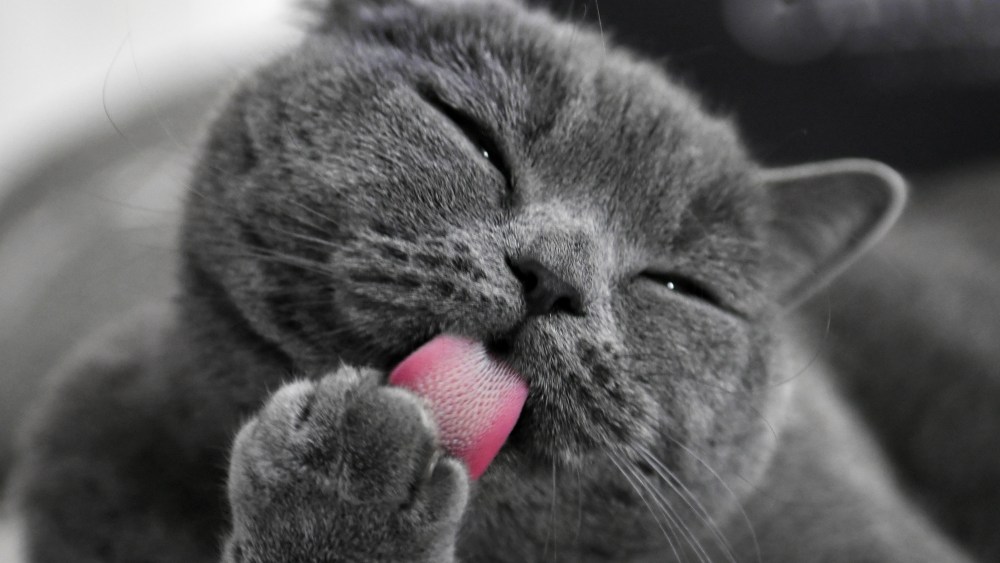What do the intertwining threads of nature—like the textured tongues of cats, the intricate design of pine cones, and the resilient adaptations of fungi—have to do with the beauty industry? Surprisingly, these seemingly unrelated natural phenomena are becoming fundamental sources of inspiration for cosmetic and fragrance makers. As the beauty sector increasingly embraces biomimicry—the practice of emulating natural designs, processes, and systems—companies are discovering innovative ways to create products that are not only aesthetically appealing but also sustainable. This emergent paradigm of natural imitation aligns closely with advancements in biotechnology and machine learning, enabling brands to fashion groundbreaking products that cater to an eco-conscious consumer base.
L’Oréal is at the forefront of this movement, focusing on how environmental factors shape the properties of natural materials. Delphine Bouvier, the international director of research and innovation at L’Oréal, reflects on how nature adeptly addresses problems, often with minimal resources, and sees studying these solutions as a key strategy for achieving sustainability. Brands like Estée Lauder and LVMH echo this sentiment, emphasizing that nature, through millions of years of evolution, presents time-tested solutions to contemporary challenges. Whether it’s employing structures found in the wings of a butterfly to create vibrant colors or harnessing the mechanical properties of crickets to improve material durability, beauty companies are actively seeking insights from the natural world to foster innovation.
Among the most notable examples of biomimicry is L’Oréal’s exploration of cats’ grooming behaviors. The company noted the unique structure of a cat’s tongue, which features tiny, prickly structures, and how it aids in cleaning. This simple but brilliant observation has led to the development of cleaning devices that could potentially help consumers use less water during personal hygiene activities. Similarly, L’Oréal’s investigations into the protective adaptations of trees against UV radiation and their ability to mimic these traits with specially engineered waxes showcase their commitment to environmentally friendly practices. As the applications of biomimetic principles expand, researchers are optimistic about producing a myriad of products that reflect the efficiency and elegance of nature.
In addition to cleaning and UV protection, other aspects of beauty and personal care are also drawing on the wisdom of the natural world. For instance, a company called Smart Resilin is using a natural protein known for its ‘spring-like’ properties to create elastic, biodegradable materials ideal for skincare products. Meanwhile, Mibelle Biochemistry looked to pine cones as a model for developing hair care products that mirror the unique way these natural structures open and close in different humidity levels. Through such innovations, nature’s inherent mechanisms are being replicated in a way that enhances the performance of beauty products while adhering to more sustainable practices.
The influence of biomimicry extends beyond product formulation into the realm of technology. Companies like Unilever have developed robots mimicking human hairdressers’ techniques, enhancing the consistency and accuracy of product applications. By employing mechanoreceptors inspired by the human body’s sensory networks, these robots can ensure that formulations are delivered flawlessly. Furthermore, this technology aids in the rapid testing of various product formulas, heralding a new era of precision and efficiency in the beauty industry. Unilever’s strategic use of biomimetic insights exemplifies how merging nature-inspired designs with advanced technologies can provide superior products faster.
As the beauty industry continues its journey into biomimicry, it is clear that the marriage of science and nature holds immense potential. Brands are beginning to realize the importance of developing products that not only appeal to consumer preferences but also prioritize sustainability and environmental responsibility. The future promises even more tailored and personal solutions, driven by advances in machine learning and data analytics. With the ability to better understand ingredient interactions and the potential of biomimetic approaches to deliver highly effective solutions, companies are poised to transform the beauty landscape, ensuring that the lessons learned from nature will resonate for generations to come. The quest for beauty, it seems, is increasingly intertwined with the wisdom of the natural world, paving the way for innovations that reflect a deeper understanding of our environment.

